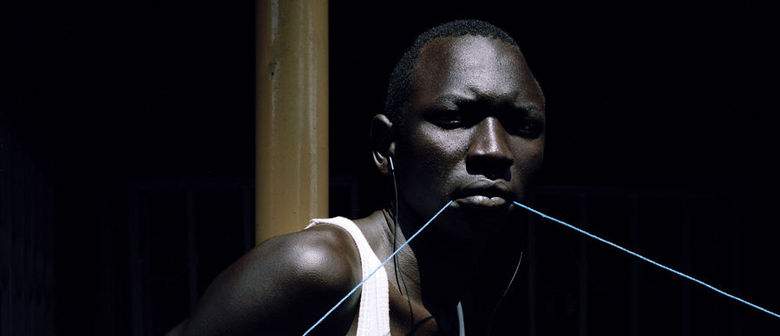Lexicon
A Dutch photographer's obsession with skin.
Overview
Dutch photographer Viviane Sassen spent three years of her childhood in a remote village in Kenya, an experience which left her with a fascination with the blackness of black skin. "To me, Africa is vivid colours and strong contrasts of light and dark," she says. "I remember looking at women and children sitting under the trees sheltering from the sun and, even as a child, seeing these graphic shapes."
Her latest exhibition, Lexicon, celebrates her fascination with black skin. "It's a more beautiful skin colour," she says. "When I'm the only white person in a black society, I feel very nude. And when I see other white people in Africa, they're white, pinkish, ugly, and sweating. I'm aware of the whole debate about my depicting black people in Africa as a white European woman, and of me being in control because I'm carrying the camera. But I'm not really interested in that debate, because for me the work comes from a very personal private place. When I'm in Africa, I feel like I'm coming home, yet I also feel like I'm not one of them."
Before becoming a photographer Sassen studied fashion at the Royal Academy in Arnhemin, the Netherlands, and briefly became a model, working for Viktor & Rolf, before finally doing a photography degree in 1992.
Lexicon will be accompanied by two films: Pieter Hugo's recent music video for South African rapper Spoek Mathambo's cover of Joy Division's 'She's Lost Control' - features stereotypical images of Africa: cemeteries and slums, zombies and voodoo; as well as Alain Resnais and Chris Marker's 1953 essay film Statues Also Die, which starts as a study of African art in the Musee de L'Homme, Paris, but builds into a fierce attack on French colonialism. The film was heavily censored in France.





